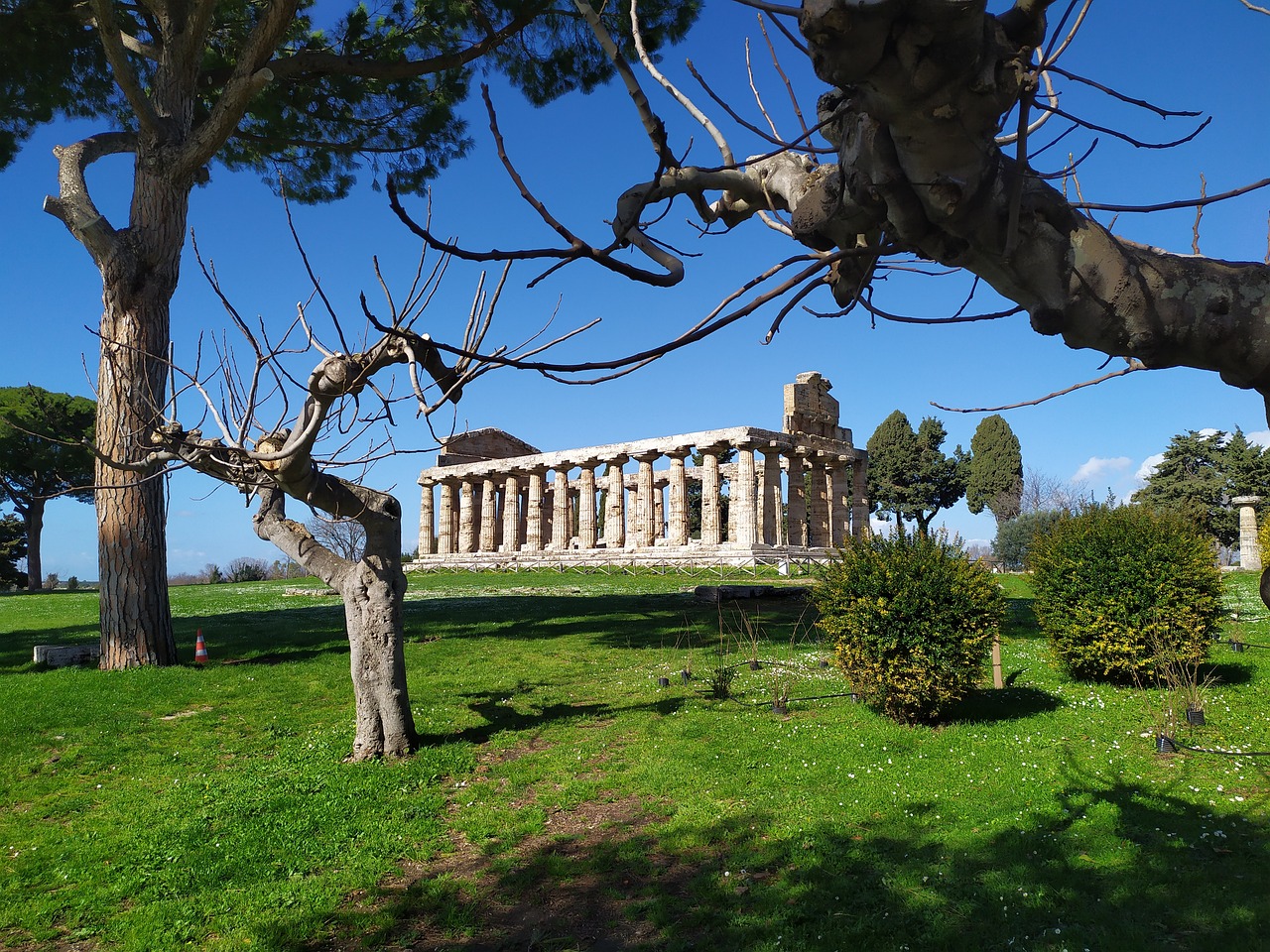Understanding Ceres: The Roman Goddess of Agriculture
The figure of Ceres has deep historical significance, connected to the origins of agriculture, which began approximately 10,000 years ago as the climate warmed post-Ice Age. This period marked humanity’s shift toward cultivating crops to ensure a consistent food supply, reducing reliance on hunting and foraging. This agricultural development occurred independently across various regions globally. In the Fertile Crescent, spanning parts of modern-day Syria and Iraq, ancient peoples selectively cultivated grasses such as barley and wheat, favoring those plants that promised the most substantial yields.
Early farmers recognized their harvests were tied to the whims of nature, leading them to worship the deities that influenced crop growth and weather patterns. They performed rituals to gain favor with these spirits, hoping for bountiful seasons and fruitful harvests.
Archaeological findings from Mesopotamia, Anatolia, and Egypt indicate the rise of complex societies alongside agricultural advancements. By 2500 BC, Egyptians had begun documenting wheat cultivation, bread-making, and ritual offerings to priests, making Egypt a key wheat supplier to ancient Rome.
The cultivation of wheat emerged as a cornerstone of Roman economic stability, crucial to the success of the Roman military and the expansion of the empire. Within this context, Ceres became venerated as the divine representative of agriculture and cereal crops, particularly spelt. She was revered not only for her role in farming but also as a protector of marriages, embodying fertility, and overseeing life and death through her association with the underworld. Ceres was the daughter of Saturn and Ops, married to her brother Jupiter, and they had a daughter named Proserpina.
The identification of Ceres with the Greek goddess Demeter occurred during a severe famine around 499 BC. Roman authorities consulted the Sibylline Books, a collection of prophetic texts, which advised them to integrate the worship of Demeter, Iacchus, and Persephone with Ceres and her companions. Following promises to build temples and make sacrifices to these deities, agricultural fortunes improved. Consequently, a temple to Ceres, Liber, and Libera was constructed on Rome’s Aventine Hill.
Liber, associated with viticulture and fertility, was linked to Iacchus/Dionysus, while Libera was his female counterpart. Cultural practices connected to Dionysus, such as those depicted in the Villa of the Mysteries at Pompeii, reflected the complexity and vibrancy of ancient Roman religious life.
The Mythology of Ceres and Proserpina
Ceres and her daughter Proserpina, known as Kore in Greek mythology, occupy a central narrative in agricultural folklore. The Eleusinian Mysteries in Greece, celebrating Demeter and Persephone, represent a significant religious tradition. In the prevailing myth, Demeter searches desperately for her abducted daughter, taken by Hades, which leads to a catastrophic famine. Ultimately, thanks to interventions from Jupiter, Persephone is freed—though her consumption of pomegranate seeds in the underworld means she is bound to return to Hades annually. This cycle allegorizes the seasonal changes, depicting the sorrow of Ceres in winter and her joy at the arrival of spring when Proserpina returns.
The Temple of Ceres
The Temple of Ceres on the Aventine Hill, part of the Aventine triad alongside Liber and Libera, likely featured individual shrines for each deity. Ceres had a designated priest, the flamen Cerialis, reflecting the importance of her role, while the worship of the goddess promoted female representation in religious practices. The temple served as a center for plebeians, especially significant during the ongoing social struggles between patricians and commoners. It became a repository for legal archives and a space for public ceremonies, reinforcing the notion of liberty within Roman society.
Notably, the temple was linked to laws regarding agricultural rights and land-use, highlighting Ceres’ importance both spiritually and legally. Over time, it became a vital institution for social welfare, delivering food to the needy. The temple experienced various forms of destruction and reconstruction throughout its history, eventually rebuilt under Emperor Augustus.
Festivals and Rituals
Ceres was prominently celebrated during several festivals, including the Festival of Cerialia. This week-long event in mid-April served as a vivid communal display with games and sacrifices, uniquely involving rituals such as releasing foxes with burning torches. Similarly, Ceres was honored during the Sementivae Festival for sowing, and the Ambarvalia, which celebrated agricultural fertility.
Woven throughout these celebrations were themes of community participation, sacrifice, and divine supplication, establishing a rhythm of religious life that adapted to the seasons. Special offerings, from cakes to livestock, were integral to these festivals, encapsulating the relationship between the deities and their human followers.
Ceres is not only recognized in public temples but also commemorated through personal devotion, rituals, and even inscriptions that testify to her enduring influence across Roman culture.
As a frequent figure on coins and various artistic representations, Ceres embodies ideals of prosperity, vitality, and the complex relationship between humanity and the natural world, signifying agricultural life at its core.
In essence, the worship of Ceres goes beyond mere agriculture; it is a crystallization of ancient Roman values where life, sustenance, and community welfare intertwine under the aegis of a revered goddess.



